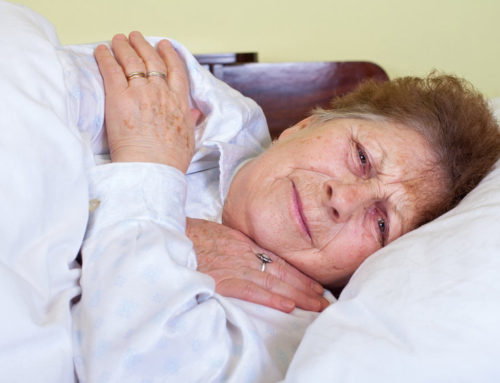Share This Story!
The Twilight Years: Time To Consider A Nursing Home
Deciding when the time is right to put a loved one into a nursing home can be very difficult. But there may come a point when family members are no longer able to take care of a loved one. At this point, the time has come to move the person into a skilled nursing home. Here are some signs that a loved one may need professional care.
Home alone?
If a loved one is suffering from a medical condition either mental or physical, that requires 24-hour medical care, family members may not be able to facilitate this at home. A nursing home will be able to provide round-the-clock care as and when a resident is in need. Residents also have access to emergency care should this be needed.
Is getting out and about impossible?
If a person is unable to move around freely, even with help, the time has come to consider a nursing home. Nursing homes are designed especially with easy access for wheelchairs or for people who need walking frames to move around. Residents will also have full-time assistance with bathing and toileting.
Need encouragement to eat?
If a loved one is unable to get to the shops and has no food in the house, or is unable to prepare food, this might be a good time to consider a nursing home. Skilled nursing facilities provide all meals for residents. Skilled nursing homes are also able to provide special diets, and nutritional supplements should a resident need these items.
No longer fresh as a daisy?
If a loved one is having difficulty managing personal hygiene, then the time has come to make the move to a nursing home. Nursing home staff can help residents with bathing, brushing the teeth, washing and brushing hair. Residential caregivers can also see that clothes and bedding are always clean.
Can’t keep up with meds?
If a loved one frequently forgets to take scheduled medication or is taking more medication than is prescribed this can be very detrimental to the health. Placing a loved one in a nursing home can solve this problem. Nursing home staff will make sure that each resident gets their medication as scheduled.





